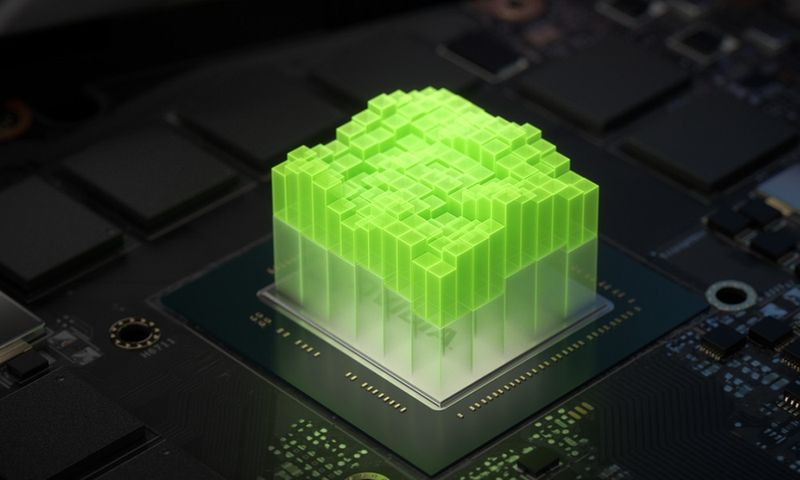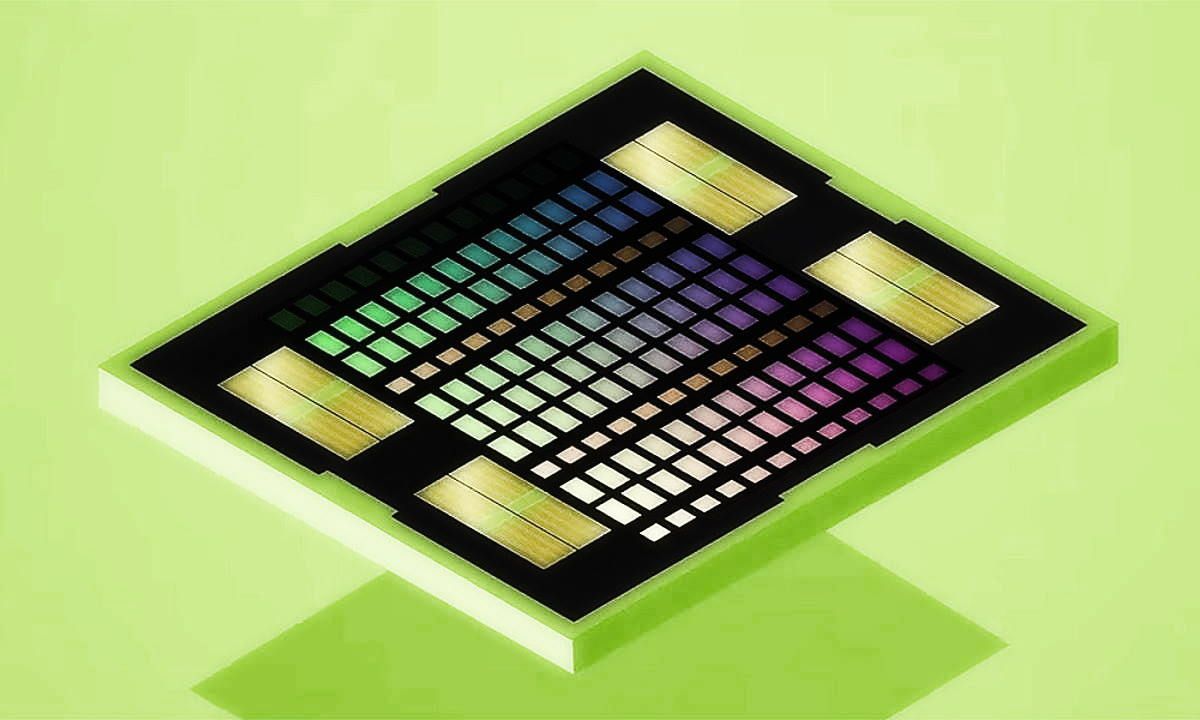We knew that the GeForce RTX 40 was going to arrive sometime in 2022, although we were not sure when. The latest information we were able to see pointed to the second half of that year, and now a recent rumor dares to specify a month: October, although we must keep in mind that we would not be facing a complete debut of the entire new generation of graphics cards, the first deployment of the most powerful models.
To better understand this, we only have to remember what NVIDIA did at the time with the GeForce RTX 30, as it is very likely to repeat that strategy with the GeForce RTX 40. When they announced these new graphics cards, the presentation focused on the GeForce RTX 3070, RTX 3080, and RTX 3090, and the first models to reach the market were the last two, which landed on September 17. The RTX 3070 went to October.
With the GeForce RTX 40, the same thing could happen, i.e. NVIDIA could introduce the RTX 4070, RTX 4080, and RTX 4090 on October 22, but these would have a staggered launch covering the months of November and December. Thus, the RTX 4080 and 4090 would arrive in November and the RTX 4070 in December. It makes sense, but keep in mind that this is my intuition, and is not confirmed.
The GeForce RTX 40 will use TSMC’s 5nm node
And, most importantly, they will keep the monolithic core design that we saw in Ampere, which means that all of the GPUs that will define this new generation of high-performance graphics cards will have the same foundation as Ampere, although they will utilize a new architecture known as Ada Lovelace. It’s still too early to discuss performance, but we have some facts that make sense and should be kept in mind:
- The AD102 core, which will power the GeForce RTX 4090, could have 18,432 shaders. The RTX 3090 has 10,496 shaders.
- Ada Lovelace will keep the tensor core and RT core division as specialized hardware for AI and ray tracing, respectively.
- NVIDIA will not only improve raster performance but also expect a significant increase in ray tracing performance. This could lead to high power consumption, even despite the jump to the 5nm node.

We can anticipate a large boost in raw performance from the GeForce RTX 40 over its predecessor, the GeForce RTX 30, but before this happens we will see a minor refresh with the release of the GeForce RTX 30 Super. We’ve already discussed them before, and they’ll be available in January 2022 according to several sources.
The GeForce RTX 30 Super will not introduce changes either at the manufacturing process level (they will keep Samsung’s 8 nm node) or architecture. They will be limited to higher performance compared to the standard models, and we may also see an increase in the amount of graphics memory installed.
All in all, due to the launch of the GeForce 3060 Ti, GeForce 3070 Ti, and GeForce 3080 Ti, NVIDIA has less leeway to square away the new GeForce RTX 30 Super, so the green giant is likely to fine-tune that refresh as much as possible to avoid the arrival of redundant models. Overall, we think the most interesting thing to do would be to just launch an RTX 3060 Super, which would fit nicely between the RTX 3060 and RTX 3060 Ti, and an RTX 3080 Super, which could also fit nicely with the right changes.
It would also not be unreasonable to launch an RTX 3090 Super with a full GA102 core and increased frequencies, as it would allow NVIDIA to reassert its lead in terms of raw power within the current generation.
As for the Radeon RX 7000, the source of this rumor also claims that its unveiling will take place in October 2022. That new generation will use TSMC’s 5 nm node and will leap to an MCM design, at least within its high-end (Radeon RX 7800 and above), since it is said that AMD could maintain, for efficiency issues (costs and wafer performance) the monolithic GPU design in the Radeon RX 7600 and below.





